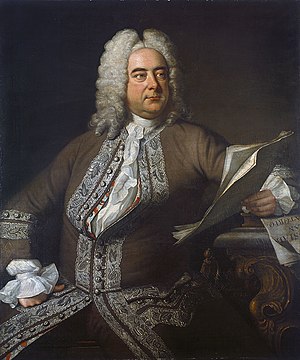
The picture above is of 18 Folgate Street, Spitalfields, London, and for me, it's a truly magical place. My boyfriend suggested going last year, having heard a programme on Radio 4 about the house and its late owner, Dennis Severs. Unfortunately there's no photography allowed, so I only have pictures of the exterior, but the
website gives you some idea of what it looks like inside.
Severs was an American artist who first came to the UK in 1965, at the age of 18, and was captivated by what he called ‘English light’. In 1979 he bought 18 Folgate Street - a Georgian terraced house in the then dilapidated area of Spitalfields - and set about renovating it, choosing to live there as people would have done in the 18th century, with nothing more than a bedroll, a candlestick and a chamber pot! He describes this period vividly in his book,
18 Folgate Street: The Tale of a House in Spitalfields:
'I found plenty to eat abandoned in the market each morning, which I would then boil up over a fire made from the broken wooden pallets also left behind there… With not a penny available for rewiring, and with the odd electricity cables rotted away on the basement floor, the first thing I did was to light the fire in the kitchen hearth and begin to build my new life from there.'
Over time he furnished the house with discoveries from the local antique markets and bric-a-brac stalls, but he didn’t want to create a museum. He was emphatic about using his visitors’ senses and imaginations as his canvas (his motto being ‘you either see it or you don’t’), and he despised attempts to mothball history by placing it in cabinets or categories. 18 Folgate Street was intended as a work of art which coaxes the visitor back in time, as if you had stepped through the frame of an Old Master painting.

But that’s not all - the house has a narrative. You must imagine that it’s the home of a family of Huguenot silk-weavers named Jervis. As you enter each room, they have just dashed out of sight - their meals left half-eaten on the table; a wig discarded on the back of a chair. Because visitors are asked to go around the house in silence, you sometimes catch the murmur of their voices in a neighbouring room; the tinkle of the front door bell; the rumble of carriage wheels or a baby crying in the distance.
As you rise up through each of the ten rooms, you rise through Georgian life, starting off in the basement kitchen in the early years of the 18th century, finally ending up in the attic where you step into a Dickensian scene - imagined somewhere between the years 1837 and 1850. Outside you can hear tolling bells and distant artillery fire, signalling the coronation of Queen Victoria (Severs looted loudspeakers from television sets and installed them under floorboards and in cupboards, and the effect brings the house vividly to life.)
I made notes as I went around, and what struck me most was the light - or rather, the lack of it - with even the rooms at the front needing candles during the day, and also the smells: firewood, damp rags, vanilla, candied fruits, tobacco, hair powder… If you’re ever in London, this place is unmissable, but be sure to check the website, since the opening hours are eccentric, and email first (info@DennisSeversHouse.co.uk) to let them know you’re coming.
Photographs © Memoirs of the Celebrated Mrs Woffington.
 Subscribe now!
Subscribe now!






























